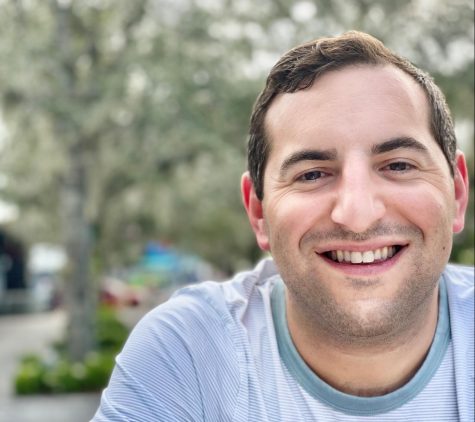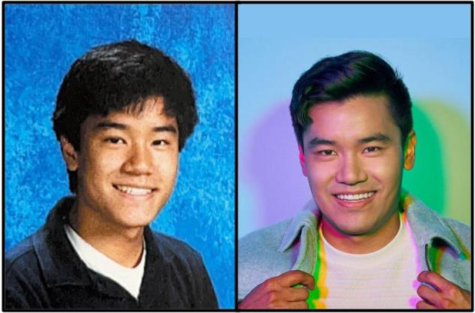Marlinball: How an SJS alum turned his love of baseball, differential equations, into an MLB career
Ten years ago, Myles Lewis (‘11) sat in math teacher Dwight Raulston’s (‘71) differential equations class, talking himself through an advanced calculus problem that he had never seen before. Now, Lewis is the Director of Analytics for the Miami Marlins, a job he has dreamed of since high school.
At the University of Virginia, Lewis interned for two other major league baseball teams, the Tampa Bay Rays and the Texas Rangers. When Derek Jeter bought the Marlins in 2017, he had to build a staff from scratch. The organization was looking for someone who had experience building back-end systems and databases, so through connections and prior internships, Lewis landed the job.

“I don’t know if this is the career I thought I’d have ten years ago, but it’s the job I’ve always wanted and hoped to have,” Lewis said.
As Director of Analytics, Lewis is in charge of building the internal infrastructure of the organization by designing and managing the Marlins’ website. The page contains statistics, personal information and videos of players, which coaches and scouts use for evaluation.
Every game, Lewis prepares the Marlins by giving them statistics, visualizations and other information about the players. These statistics are mostly generated from TrackMan or Hawkeye data.
During games, TrackMan uses radar-based cameras in stadiums across the country to track the movement of baseballs, including speed, direction and spin rate. Hawkeye records the spatial coordinates of players’ joints per second.
“When scouts travel the country to look at players they are only getting a sliver of their entire season,” Lewis said. “My job is to help them see a more holistic picture, so they can better evaluate the players.”
Lewis himself played baseball throughout his childhood for the West University Little League and St. John’s, through tenth grade.
“I was never a very good player,” Lewis said, “but I grew up loving baseball.”
As a high school student, Lewis was described by Raulston as diligent, dogged, fun to be around and fearless in asking questions.
“Myles used to say he could do better working on the corner of my desk, talking through things, even if I didn’t actually tell him anything,” Raulston said. “He said doing that would make him think more because he knew I wouldn’t simply answer his questions.”
In his differential equations class, Raulston prioritized intellectual curiosity and thinking over memorization and algorithms.
“Differential equations is different from many other math classes because it places more responsibility for developing problem analysis and methods of solution on students,” Raulston said. “Class time always ends with students working on their own to master whatever we are doing.”
Between his internships in college and his current job with the Marlins, Lewis worked as a data analyst for two years at Applied Predictive Technologies, a software company in Virginia. Lewis has been working for the Marlins since 2017.
During his first year on the job, Lewis discovered the importance of developing working relationships with his colleagues. He joined a team of analysts that had never worked together, yet were tasked with redesigning the Marlin’s website.
“It’s crucial to get to know coworkers and learn what’s important to them,” Lewis said. “In school, everyone is so busy and focused on their own work, but developing relationships with people goes a long way in making memories.”
Lewis is grateful to St. John’s for preparing him for his current job.
“Dr. Raulston taught me how to think through problems I had never seen before, which is most applicable to what I do every day now,” Lewis said. “Whether it’s a technology problem or some bug in our system, we sit down and brainstorm a solution to that problem, just like we did in Dr. Raulston’s class.”

Lillian Poag ('24) joined The Review in 2020 as a freshman. She likes eating mangos and taking naps. Her favorite Spiderman is Andrew Garfield.












Lillian gaylor • Oct 1, 2021 at 1:42 PM
l am so proud of you myles, Love grandma Lil